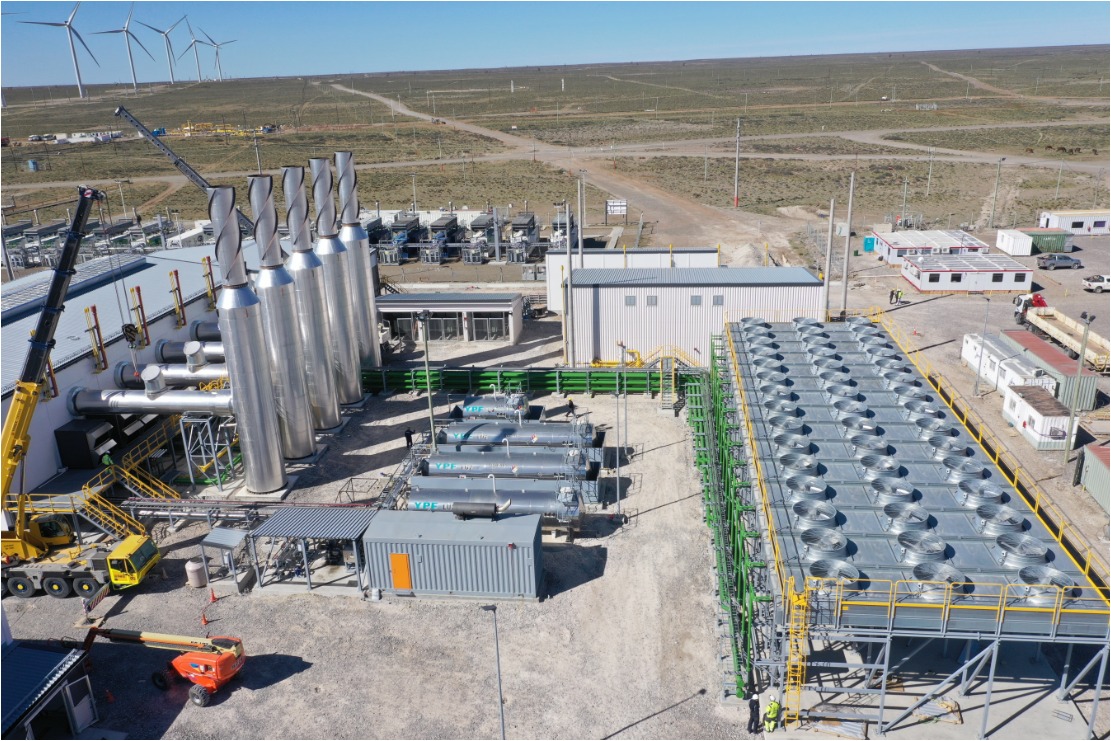Financed Carbon Emissions may be the key to making meaningful progress toward net zero.
What are Financed Carbon Emissions?
All companies emit greenhouse gases. Most public companies rely on financial services to support their business, such as loans, equity investments or insurance. Financed Carbon Emissions are a company’s greenhouse gas emissions associated with a loan, equity investment or insurance contract. In other words, financial service companies measure and report how many carbon emissions they have financed or supported.
Background
The investment industry has engaged in significant debates about the merits of considering environmental, social and governance (ESG) factors in portfolio decision-making. The academic literature and performance data are mixed, as are the evidence that ESG risk ratings provide any incremental information above what a credit rating communicates about a firm’s financial health.
The critical question is whether different disclosures will create greater transparency and lead to more informed decisions. The voluntary carbon markets are attempting to put a price on the cost of non-regulated carbon. With regard to financed carbon emissions and achieving 2050 net zero targets, the United Nations (UN) believes engaging with asset owners, asset managers and market intermediaries to create a clearer disclosure framework and better accounting standards will lead to greater emission reductions. Through investment portfolios and financial services, companies will have greater incentives to achieve real goals versus using the “E” ratings in an ESG investment fund.
What is being done
To this end, the UN has established two consortiums to tackle financed carbon emissions: the Net Zero Asset Owner Alliance and the Net Zero Asset Management (NZAM) initiative. As of January 2022, NZAOA had 69 asset owners and USD10.4 trillion in assets. NZAM is an international group of asset managers committed to supporting the goal of net zero greenhouse gas emissions and investing aligned with net zero emissions by 2050 or sooner. As of May 2022, NZAM is comprised of 273 firms representing over $61.3 trillion in assets under management.
Both these initiatives create greater specificity around how much capital markets are financing a company’s emissions. The approaches recognize that getting to net zero is a journey with concrete steps and milestones, which means the targets need to be real and achievable. Asset owners and asset managers have fiduciary and risk management responsibilities to balance with achieving carbon emission targets.
They cannot simply divest from dirty sectors or large complex companies; they must participate in how the companies will affect real change. The UN’s tactic is based not just on investment/divestment, but on engaging portfolio companies on whether and how they are implementing changes to meet 2050 net zero goals.
Targets for success
Financial firms, asset owners and asset managers have regulatory requirements to fulfill while moving toward net zero emissions targets. To this point, they have agreed to measure and report how much they have financed a given company’s emissions. Financed carbon emissions can be measured as amounts of greenhouse gasses (GHGs) generated, avoided, or removed.
To facilitate consistent and transparent measurement and reporting, the Greenhouse Gas Protocol has created the Global GHG Accounting and Reporting Standard for the financial industry. Collectively the protocols and standards provide detailed methodological guidance by asset class to empower decision-making. These metrics also
- provide a starting point to assess and disclose climate-related risks in line with the Task Force on Climate-related Financial Disclosures (TCFD),
- set science-based targets using emission-based methods developed by organizations like the Science Based Targets initiative (SBTi), and
- inform climate strategies and actions that direct capital to support the alignment of financial flows with the Paris Agreement’s goals.
Putting investor money where it counts
With measurable and comparable information investors, asset managers, and financial intermediaries can take better informed decisions about where to place their money or credit. Additionally, researchers may be better placed to understand the financial implications of managing “E” in ESG when financed carbon emissions are measured and tracked. Yet, there are still a number of hurdles to overcome to ensure accurate and timely reporting to help investors make better decisions about their climate impact.

